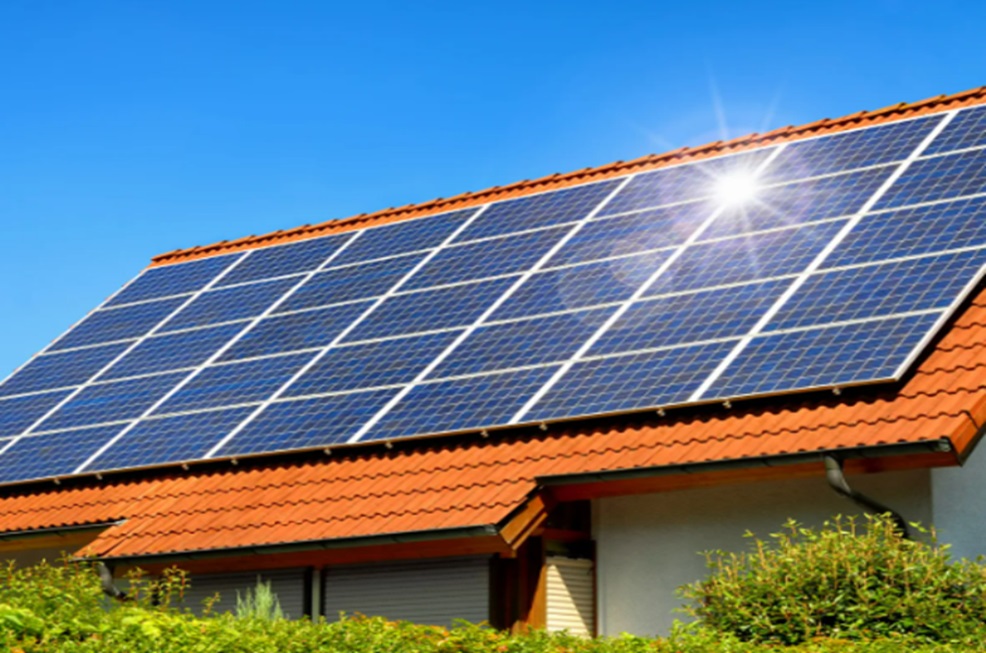While roofs are designed to withstand normal wear and tear, extreme weather causes damage that compromises their integrity over time. Roofing materials suffer damage from storms. Catching issues early and repairing storm damage promptly are vital to preventing extensive damage.
Visible damage after a severe storm
The most obvious indicator your roof needs repairs is visible damage immediately following a major storm.
- Missing, cracked, or folded shingles: Storm winds rip shingles clean off or cause cracks and folds, leaving gaps in coverage.
- Damage around vents, skylights, or chimneys: High wind vortexes around roof protrusions often cause blow-off damage in these vulnerable areas first.
- Tree debris: Overhanging tree branches breaking off and falling dent or puncture shingles.
- Granule loss: After hail or wind, shingle granules are stripped off, exposing the asphalt material underneath to sun damage.
Even if issues aren’t immediately visible from the ground, get up on your roof after storms to spot damage. Safety should come first when inspecting storm damage yourself. Leave repairs to the professionals.
Signs of interior water leaks
While exterior damage is most apparent, one of the biggest threats storms pose is water leaking through the roof to the interior. Telltale signs of leaks include:
- Water stains or damp spots on ceilings and walls, especially around vents
- Bubbling, peeling, or discolored patches of paint and drywall
- Water dripping from ceilings, lights, or vents after rain
- Musty odor indicating excess moisture buildup
- Mold or mildew growth on interior roof rafters
Left unattended, small leaks quickly lead to roof rot and extensive structural issues. Don’t ignore interior water damage – swift roof repair is critical.
Roof repairs needed years after storm
Even if your roof came through a major storm seemingly unscathed, issues emerge years later if underlying damage occurs. Delayed warning signs include:
- Accelerated roof wear: Shingles deteriorating or blowing off faster than expected based on the roof’s age
- Granule accumulation in gutters: Hail impact slowly loosens surface granules over time
- Leaks starting long after the storm: Underlying issues like nail pops or lifted flashing causing delayed leakage
- Premature aging: Storms accelerate the aging process, cutting expected lifespan
Your roof should still be regularly inspected after severe weather even if it initially checks out fine. Damage takes years to manifest.
When to call the roofing professionals?
While some basic post-storm roof repairs Dare IYed, extensive damage often requires a local roofing company in oshawa for optimum results and safety:
- Multiple shingles cracked, missing, or loose over a large area
- Major tears, holes, or openings in the roof membrane exposing the interior
- Damage concentrated around critical areas like flashing, vents, and chimneys
- Signs of structural damage like sagging roof decking or ruptured plywood
- Large sections of roof valley or edge flashing detached or dangling
- Major granule loss exposing large portions of roofing materials’ asphalt base
Don’t risk your health or causing leaks in your roof. For anything beyond minor repairs, call in the roofing pros to properly restore and seal your storm-damaged roof.



